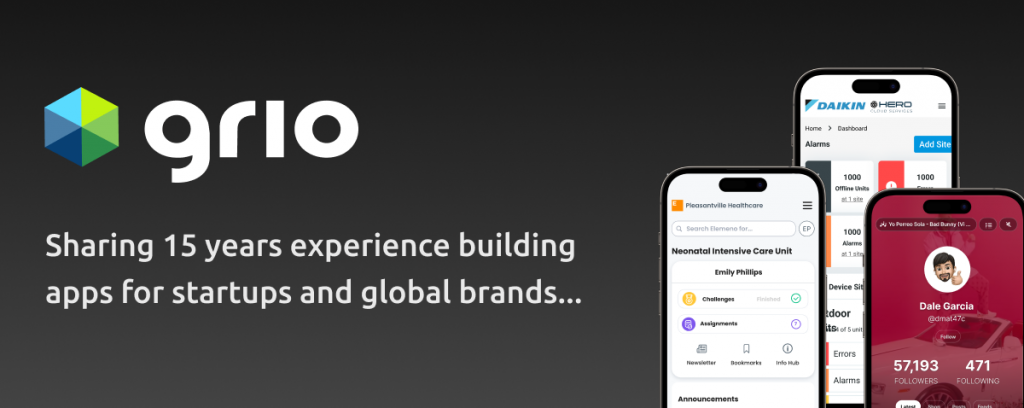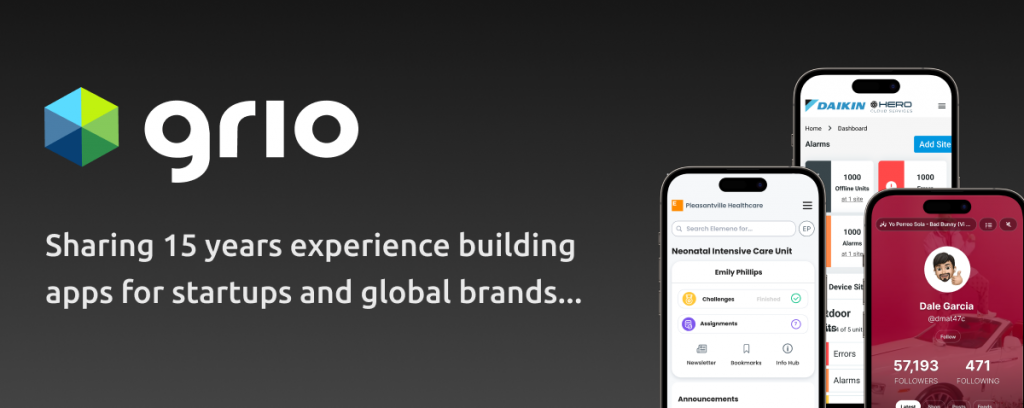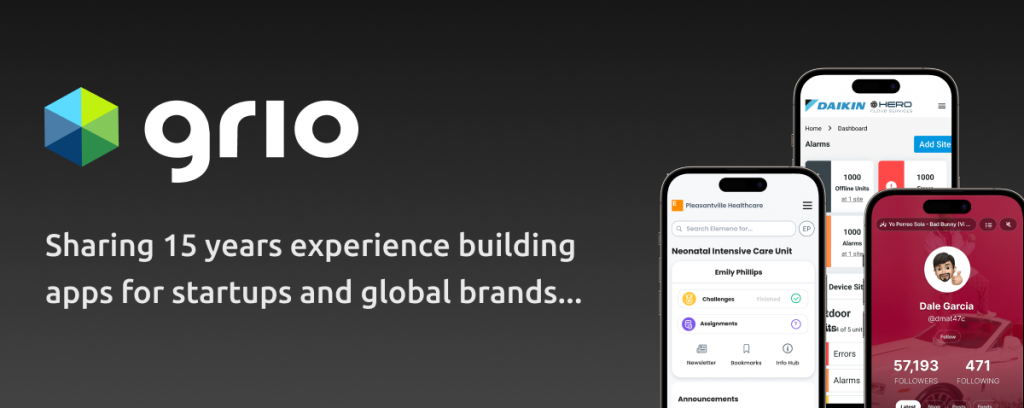How to Build a Killer MVP App, Step 7: Stabilization Phase- “Breaking” Your App So Your Users Don’t

Over the last 15 years, Grio has collaborated with companies of all sizes to create hundreds of exceptional software solutions. Though there is no one-size-fits-all solution when it comes to building an app, we’ve discovered that starting your journey with your Minimum Value Product (MVP) is a great way to set yourself up for long-term success. In this blog series, we are taking our hard-won wisdom and sharing Grio’s ten essential steps for building a killer MVP.
In last week’s post, How to Build a Killer MVP, Step 6: Development Phase- Embracing Less Engineering and More Testing, we covered best practices for avoiding common errors associated with the development phase.
In this week’s blog post, we cover the seventh step for building a killer MVP: the Stabilization Phase. We’ll explore how a proper test plan can help you find issues before your users do.







